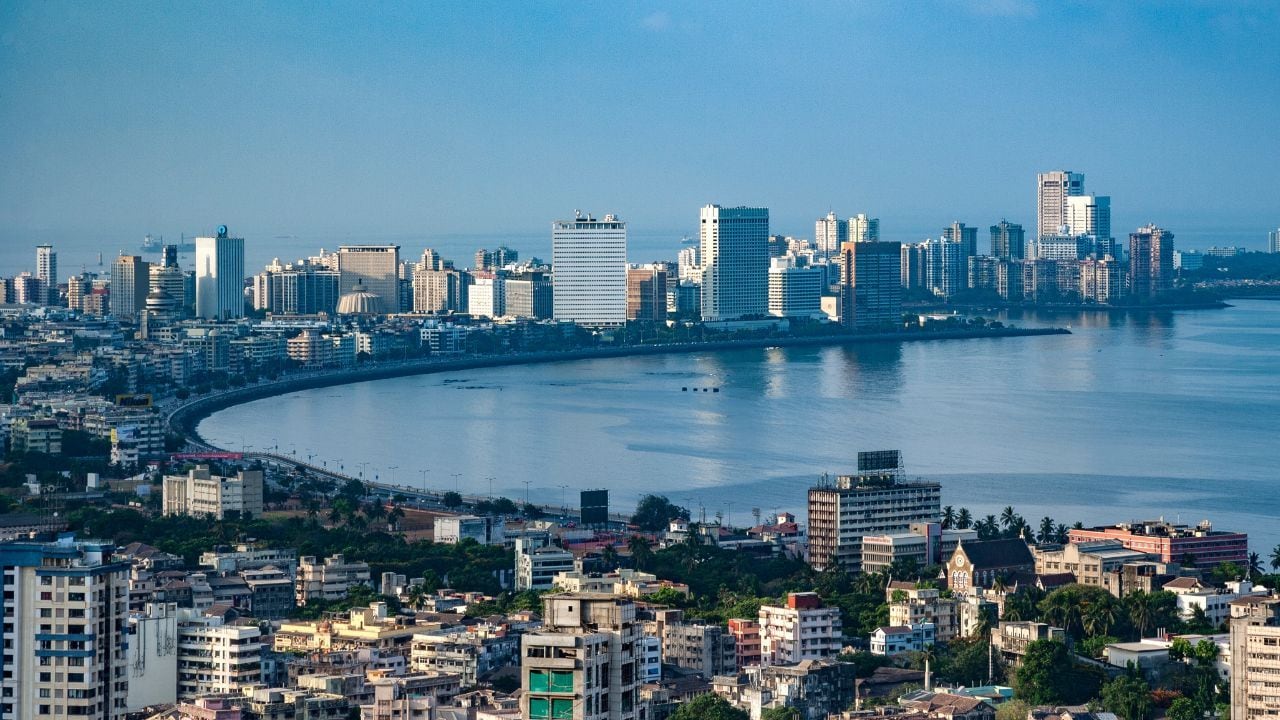Advertisement. Remove ads.
From investments to lifestyle — What Mercedes-Benz Hurun India wealth report, luxury consumer survey highlight
The Mercedes-Benz Hurun India Wealth Report and Luxury Consumer Survey 2025, notes the luxury lifestyle, consumption habits, aspirations, and brand choices of India's rising millionaire population. It also shows the gap between the country's millionaires and billionaires. Read on:

Share this article

On the path to becoming the world's third-largest economy, India is emerging as one of the largest wealth-creating nations globally. The Mercedes-Benz Hurun India Wealth Report and Luxury Consumer Survey 2025 highlight the evolving lifestyle, consumption habits, aspirations, brand choices and rising wealth of India's growing millionaire population. Take a look here: (Image: Shutterstock)

Millionaire surge & rising affluent share: The report noted that India has 8,71,700 millionaire households (net worth ≥ ₹8.5 crore or $1 million), up 90% from 2021. It estimated that millionaire households comprise about 0.31% of all Indian households and are expected to grow, aided by strong economic momentum. (Image: Shutterstock)

Concentration of wealth: Maharashtra leads with 1,78,600 millionaire households, supported by a 55% rise in its Gross State Domestic Product (GSDP) since 2020–21, with Mumbai alone accounting for 1,42,000 of these, with the city emerging as India’s "Millionaire Capital". New Delhi, with 68,200 such households and Bengaluru with 31,600 households follow. The top 10 states contribute over 79% of the country’s millionaire households, with growth fuelled by rising GSDP and business formalisation across technology, finance, and industrial sectors. (Image: Canva)

Banking & digital payment preferences: The luxury consumer survey, conducted among 150 Indian millionaires, noted that HDFC Bank was voted as the most preferred Indian private bank and Citibank was rated the top international private bank. The wealthy are also shifting towards digital payments with the Unified Payments Interface (UPI) apps accounting for 35% of payment transactions, overtaking cash (18%) and cards (14%). (Image: Shutterstock)

Investments by the wealthy: The asset choices of the India's affluents lie in stock (22%), real estate (21%), and gold (18%). While 29% actively manage their investments, only 17% are risk-takers, 15% are passive investors, and 31% remain cautious, indicating a shift toward conservative financial planning. In terms of overseas investments, the USA (19%) remains the top destination, followed by the UAE (18%) and Singapore (14%).

Financial freedom and responsibility: When asked what amount is "enough" to feel financially free, the survey found 27% citing ₹50 crore, 25% saying ₹10 crore, and 20% setting the benchmark at ₹200 crore — showcasing diverse aspirations among respondents. In terms of social responsibility, 30% say paying taxes is the most responsible act, followed by supporting environmental causes (20%) and engaging in charity (17%).

Lifestyle, hobbies and spending habits: According to the survey, travel (45%) has emerged as the top hobby for affluent Indians, followed by reading (19%) and cooking (19%). Yoga (27%) stands out as the most preferred fitness activity, followed by swimming (20%) and cycling (14%). On spending habits, 60% of respondents reported annual household consumption below INR 1 crore, with tourism (32%), education (27%), and entertainment (22%) emerging as the top spending categories. (Image: Canva)

Brand choices: In terms of jewellery, 75% of respondents continue to favour natural diamonds for their legacy and authenticity, with Tanishq leading among domestic retailers, and Tiffany & Co. as the most preferred international brand. Rolex dominates the luxury watch segment, while Gucci and Louis Vuitton are the most sought-after in accessories and fashion. In the travel and hospitality space, Emirates is the airline of choice, and Taj Hotels remain the leading hospitality brand, while Oceania Cruises (19%) ranks highest among international luxury cruise lines.

Gap between India's millionaires and billionaires: The report noted that between 2017 and 2025, the number of Indians surpassing the symbolic $1 million mark (₹8.5 crore) grew by 445%, while those exceeding ₹10 crore ($1.17 million) rose by over 200%. At the same time, upward mobility into the ultra-high-net-worth (UHNW) brackets was more selective. Roughly 5% of 2017 millionaires crossed into the ₹100 crore ($12 million) bracket, while only 1.3% reached ₹200 crore ($24 million). Beyond this point, the pyramid narrows dramatically: just 0.07% of millionaires progressed to ₹1,000 crore ($120 million) and a mere 0.01% became billionaires ($1 billion+). These findings underline a dual narrative: India produces millions of new millionaires, yet billionaire status remains extraordinarily rare, achievable only by a select few through global-scale enterprises, IPOs, or multigenerational wealth consolidation. (Image: Shutterstock)
Subscribe to The Daily Rip India
All Newsletters
The most relevant Indian markets intel delivered to you everyday.

/filters:format(webp)https://news.stocktwits-cdn.com/Getty_Images_2233055465_jpg_bdb4b6472f.webp)
/filters:format(webp)https://news.stocktwits-cdn.com/shivani_photo_jpg_dd6e01afa4.webp)
/filters:format(webp)https://news.stocktwits-cdn.com/large_david_tepper_jpg_9cb641ef1e.webp)
/filters:format(webp)https://st-everywhere-cms-prod.s3.us-east-1.amazonaws.com/Rounak_Author_Image_7607005b05.png)
/filters:format(webp)https://news.stocktwits-cdn.com/large_Getty_Images_2227347090_jpg_672398fbc4.webp)
/filters:format(webp)https://st-everywhere-cms-prod.s3.us-east-1.amazonaws.com/unnamed_jpg_9dff551b50.webp)
/filters:format(webp)https://news.stocktwits-cdn.com/large_Larry_Summers_jpg_15c86bdfc4.webp)
/filters:format(webp)https://news.stocktwits-cdn.com/large_Plug_Power_jpg_08143c7fa0.webp)
/filters:format(webp)https://news.stocktwits-cdn.com/IMG_4530_jpeg_a09abb56e6.webp)
/filters:format(webp)https://news.stocktwits-cdn.com/large_american_express_platinum_credit_card_jpg_42b99c8a1e.webp)